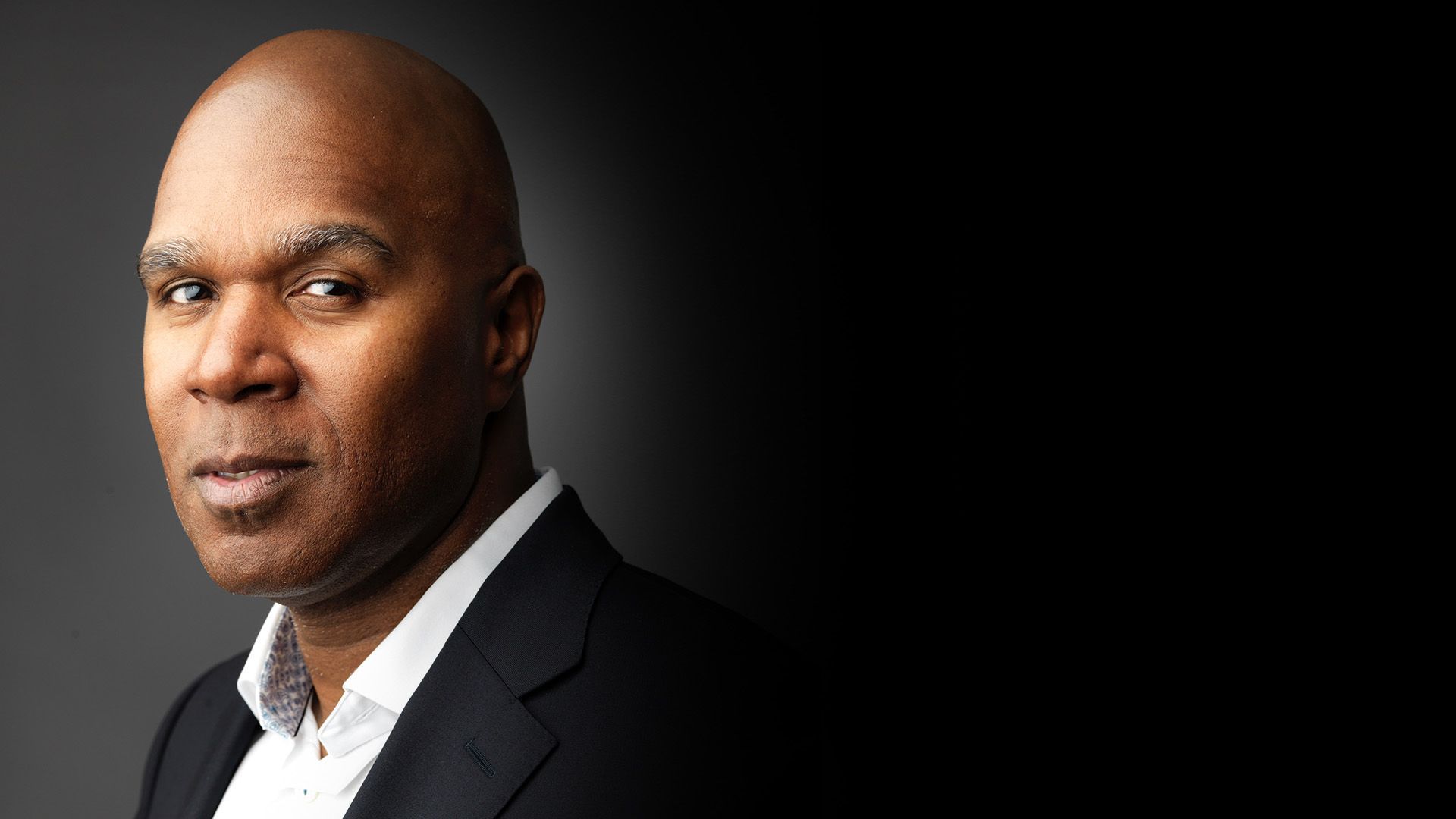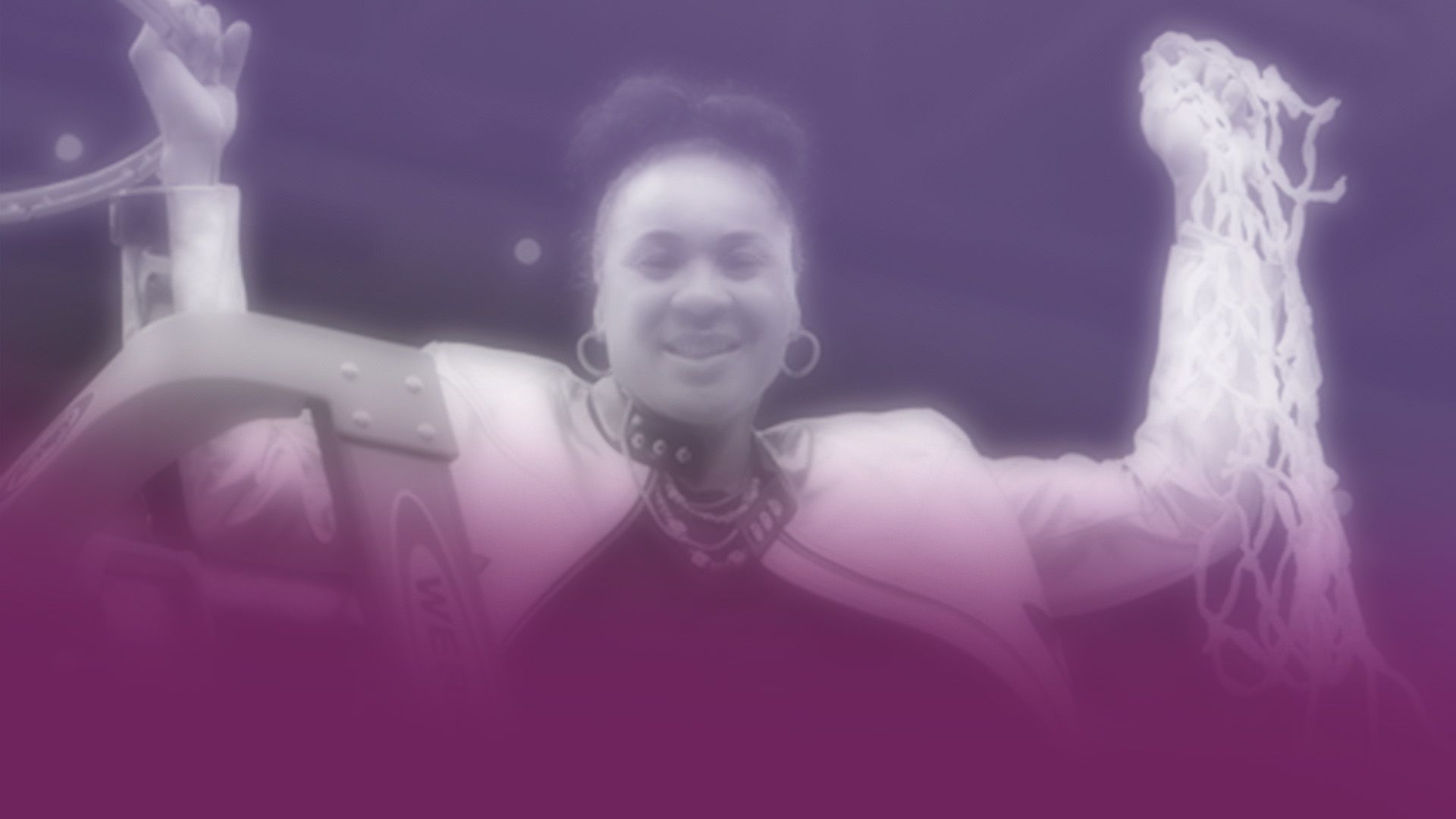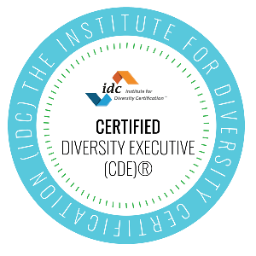3 Reasons Why Conventional Benchmarks Don’t Work For DEI
Benchmarking is one of the biggest questions (and issues) we hear when it comes to tracking DEI progress. After completing assessments, clients will often ask me what ranking or score I would give them for their DEI efforts. This question misses the point.
The truth is, there is no grade or ranking that can prove if your organization is doing enough towards DEI. I’m not a big fan of using traditional benchmarking for measuring DEI success. There are much better ways to measure progress and growth without getting caught up in arbitrary numbers. Here are three reasons why we don’t use conventional benchmarks at NWC and our approach to making progress instead.
Benchmarking Creates False Validation
From my experience, organizations will use benchmarking (i.e. comparing their DEI progress to other organizations), as a way to feel validated on their DEI journey. They might say, “we’re doing okay, compared to this competitor.” Tracking how many people of color, LGBTQIA+, or people with disabilities are working in your business may not truly show how well your organization is doing with DEI. Frankly, it’s a missed opportunity. Comparing your business to others doesn’t prove you are more or less committed to DEI or doing better or worse. It only makes DEI look numerical and limited. Comparison can make you feel better but still leave much to be desired on your journey towards real equity and inclusion.
Benchmarking Can Make Us Feel Like We’ve “Made It”
Some businesses treat DEI as a destination that they can “arrive” at. They might think, “if I hire this many people of color” or “if we can get this many women at the executive level” we will have made it. Always know, DEI is a journey, not a destination. Benchmarking can create the illusion that once we’ve achieved a certain quota or goal, we don’t have to make any more progress towards DEI. Remember, there’s always room to grow, and benchmarking should help us measure how far we’ve come; not when we will “reach” the imaginary destination of being diverse and inclusive.
Benchmarking Can Come Off As Performative
While we want to appear as equitable as possible, creating shallow benchmarks can come off as insincere or tokenizing. True DEI doesn’t manifest as a number you can show to your shareholders or a brochure with smiling diverse faces. Rather, it’s the ambiance you create and how comfortable and accepted people feel in the workplace. True DEI shows up as employees being able to be authentic without fear of judgment or shame. It shows up as allyship and compassion when issues of difference or difficult conversations arise. It also shows up as institutional pay equity without a certain group needing to fight for it. It’s about creating an environment that feels safe and empowering for everyone. DEI will come off as performative if numeric benchmarks are the end goal. If we want to be successful on our DEI journey, we should look beyond the numbers and toward building psychological safety in the workplace.
At NWC, We Benchmark Differently
At my consultancy, we approach benchmarking in an unconventional way. Instead of saying if you achieve this amount of diversity, equity and inclusion, you’ll “arrive” at your destination, we choose to think of benchmarking as a continuum with progress and change as the main measurements for success.
We start by researching your organization’s mission, goals, history, and vision to put together a comprehensive plan tailored to your organizational needs. We focus on tracking your progress from the past and using that to inform your future. Collecting data on how far you’ve come and using that to course correct for your future goals. We don’t expect your organization to perform 100% on every goal across all areas of operation and culture. But, there’s much we can do to move the needle towards progress and change.
We also think it’s helpful to learn from others in your industry that are further along on their journey. Studying how other organizations in your vertical have progressed with their DEI initiatives can help us make programmatic and operational changes that improve your organization for the better. This is different than comparing your business to others. We know it’s apples to oranges and choosing the right strategy for your DEI goals is different for you than for another business. Yet, we know learning from others can help us avoid the same mistakes or help us see new strategies we hadn’t before.
In our view, using a strength-based approach to finding the right DEI solutions for your business is crucial. We reinforce what we know is going well and use that to create momentum and traction around loftier goals. In sum, benchmarking isn’t about numbers or achievement, it’s about getting closer to our goals with incremental change.
Final Thoughts
The takeaway is this: if you are going to benchmark, do so in a way where you aren’t seeking a grade, but rather, seeking to implement best practices and strategies. Try out different DEI strategies and modify them to fit the nuances of your business. These should be customized to your organization’s needs and desired outcomes. Remember, no one size fits all.
When measuring your success with DEI, reducing comparison and increasing your commitment to progress is key. It’s not about how diverse your competition is, rather, it’s about how far you’ve come to fold DEI into all aspects of your business. There is no “score” or “ranking” we can give you to show that you’ve achieved DEI. But, we can take what we know is working and pivot our strategy to get you closer to your goals. Growing DEI in your business is about progress, not perfection. Incremental gains are how we choose to measure success and ensure your organization is in a better place than it was yesterday.
